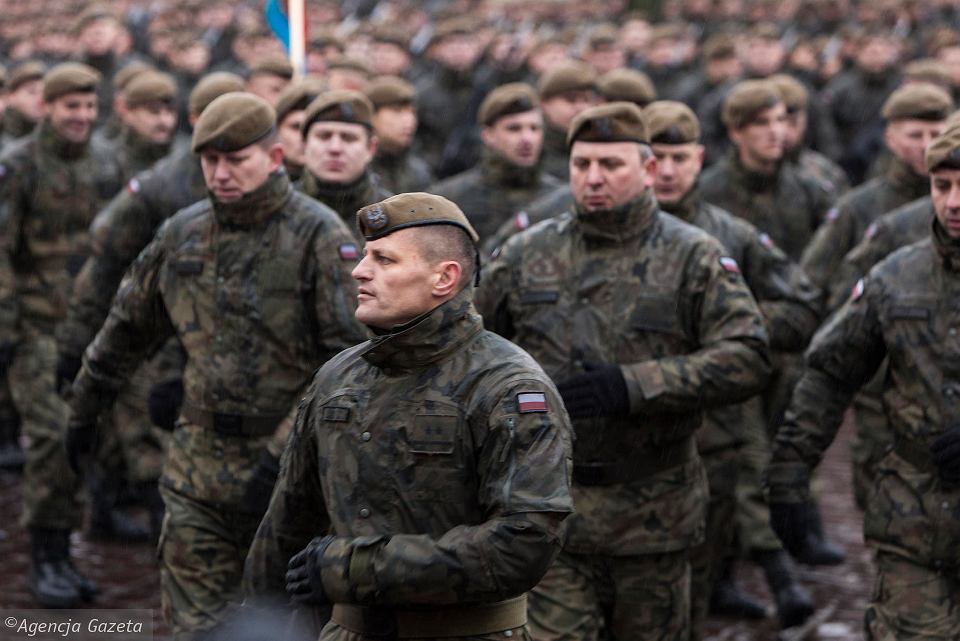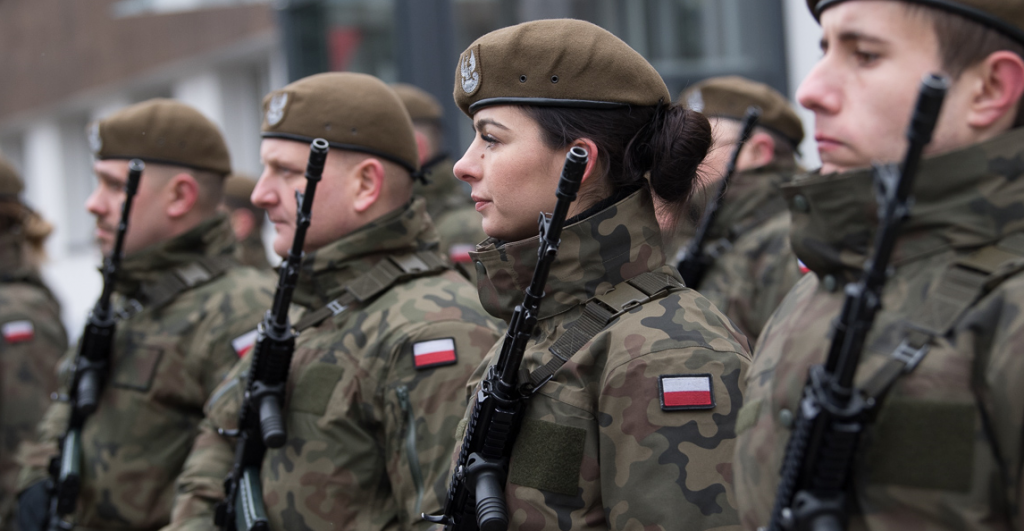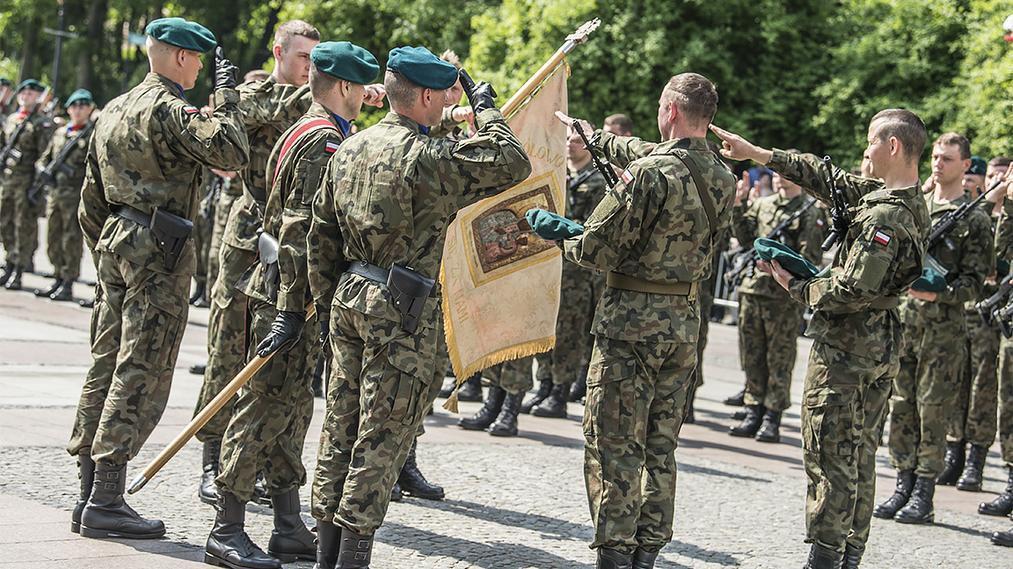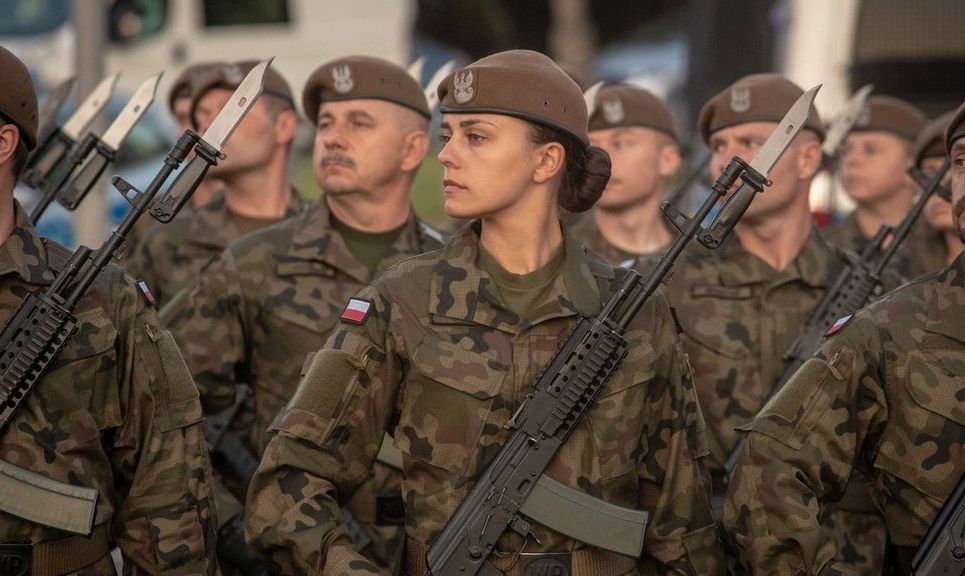Poland’s Territorial Defense Force – 3 Years On From Its Creation
The 1 January 2017, the fifth branch of the Polish Armed Forces, the Territorial Defense Force, was just activated by Poland’s Ministry of the National Defence. This unique force consisting of reservists, volunteers, and sadly, forcefully transferred regular troops, was hailed as a Polish response to the asymmetric warfare and the first line of defense against Russian special forces. Despite this, the media and public have been very sceptical since the beginning. Regular soldiers feared that the new formation would be favoured over the regular Polish Army, as the ‘child’ of a rather political concept rather than a military decision. Despite these concerns, the new force, the Wojska Obrony Terytorialnej or WOT for the sake of simplicity, was established with assistance from the regular military.

What is the Big Deal About the WOT?
Firstly, let us look at the primary tasks that the WOT is intended to fulfil as a formation:
- Undertaking defensive operations conducted with the operational forces and maintaining support for the regular forces and elements outside of the military system.
- Undertaking unconventional, anti-subversion, and anti-air landing operations independently.
- Participating in securing the arrival of allied reinforcements in indicated regions.
- Acting in support of the government and regular military during an emerging crisis.
- Conducting informational campaigns and actions.
There are some issues to be initially addressed, in order to get a wider picture of the WOT and its shortcomings:
- The ‘Territorial Defense Force’ was a concept of Antoni Macierewicz, the former Minister of National Defence for Poland between 2015-2018. He is a member of the currently ruling right-wing populist party – Law and Justice (PiS), representing the more radical wing of the party’s ‘old breed’.
- Since its inception, the WOT has had huge political support, and as the MoD is responsible for military finances and distribution of weapons, kit and equipment the WOT has received preferential treatment with equipment stored and intended for the regular army allocated to it. This has been confirmed by members of the regular army itself and in advertisements presented on WOT webpages. It is worth mentioning that WOT is currently equipped with the newest MSBS/GROT assault rifle, meanwhile, the regular army still runs Beryl rifles introduced in the 1990s.
- Members of the regular army were sometimes forced to serve in the WOT in order to simply fill gaps. It had been planned that the new force should number 45,000 members by the end of 2019. The current numbers, however, are heavily disputed. It is currently estimated that the WOT numbers no more than 25,000 at present.
- The backbone of the NCO corps is filled with soldiers, mostly students, who participated in 2 months course called Legia Akademicka (the ‘Academics Legion’). Most of them are graduates of the express NCO course lasting a couple of weeks, having no previous military experience whatsoever. These WOT NCOs, who have just weeks of military training, then have authority over regular army enlisted personnel.
- The exercises WOT has conducted occur at weekends on a twice-monthly basis over a period of three years. After just 16 days of basic training members of the Territorial Defense are recognized as members of the Polish Armed Forces.

What Does This Mean?
In short, this means that the fifth branch of the Polish Armed Forces essentially siphons gear and manpower from the regular forces. As a result, the WOT consists of poorly trained but well-equipped volunteers tasked with conducting crucial missions including special operations along with the regular forces. With training lacking just how effective they will be at securing the regular army’s logistics and rear areas has to be questioned. Similarly, WOT has also been assigned the role of combatting any incursion conducted by the enemy’s special forces.
Having this formation composed of civilians, with only brief military training, conducting unconventional operations, may seem feasible in theory but this remains to be seen. Grouped in battalions at a local level, members of WOT are assigned to their home regions which they know well. This knowledge of the terrain will supposedly be to their advantage in case of an asymmetric or conventional conflict. However – the main armament at the disposal of the territorial defense is the new GROT assault rifle and some PKM machine guns. Is this sufficient firepower? The units currently lack light support weapons like mortars, anti-tank weapons and even infantry fighting vehicles. There are no plans to address this.
There has been no explanation to validate the creation of a purely light infantry branch of the military besides the need to fulfil the political need of being ‘seen to do something’ to improve the condition of the military. The result, however, is far from what was expected. The WOT became a symbol of patching the lack of an adequate reserve system for the Polish Armed Forces. With the newest equipment being delivered to freshly created battalions (which often lack soldiers in the first place) – the regular army is being stripped of gear it really needs. In this case: night-vision devices, modern Kevlar helmets and vests, field uniforms, new rifles, footwear, cold weather clothing and communication equipment.
Are Things Really That Bad?
According to the information delivered by various sources – WOT is slowly achieving its projected manpower goals, but it is far from the numbers heralded during its formation. By 2019 WOT was to planned to achieve the staggering number of 57,000 members! However, half of that number has been achieved after a massive three-year campaign. Speaking from personal experience, when I had to attend a draft board in 2018. I was advised and encouraged by the members of the board to join the Wojska Obrony Terytorialnej (WOT) over other branches and was given WOT advertisement materials. In terms of its quotas for personnel – the WOT has failed miserably.

The cooperation between the regular army and the WOT has also been strained. The siphoning of equipment from regular units, cases of interference by WOT NCOs (with just weeks of training through Academic Legion courses) with regular troops, media bias from government media outlets in support of the WOT over other branches of the military and prioritisation of WOT units for training courses and access to training areas – all of this has created animosity among the regular army towards WOT volunteers. Not a healthy situation for organisations which will have to work together closely in a time of emergency.
It will take a very long time and serious reforms to improve the combat capabilities of what amounts to a light-infantry formation. The WOT represents a political facade of action when in reality it is not the solution to the greatest issue of the Polish Army – the lack of a fit-for-purpose reserve system for the regular military branches. This lack of preparedness, concealed by the facade of the WOT, has the potential to seriously backfire on the Polish government at a critical moment. As of today, there are not enough enlisted men to fill the quota for regular army units, manpower is instead tied up in the WOT. While the WOT looks good on paper and is a paper tiger, more for the benefit of the public, than Poland’s potential adversaries.
The opinions expressed in this editorial are those of the author and may not necessarily reflect the opinions or views of Overt Defense

